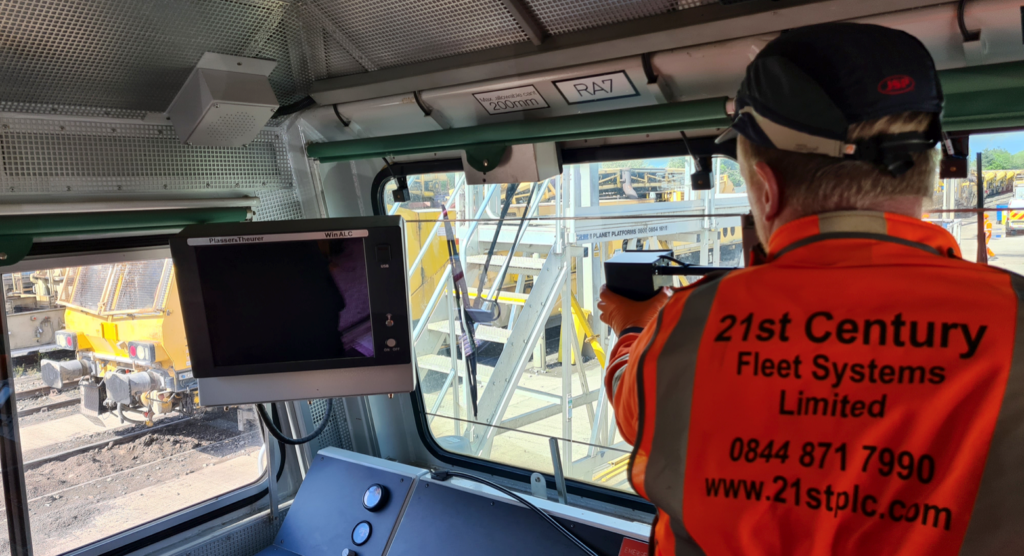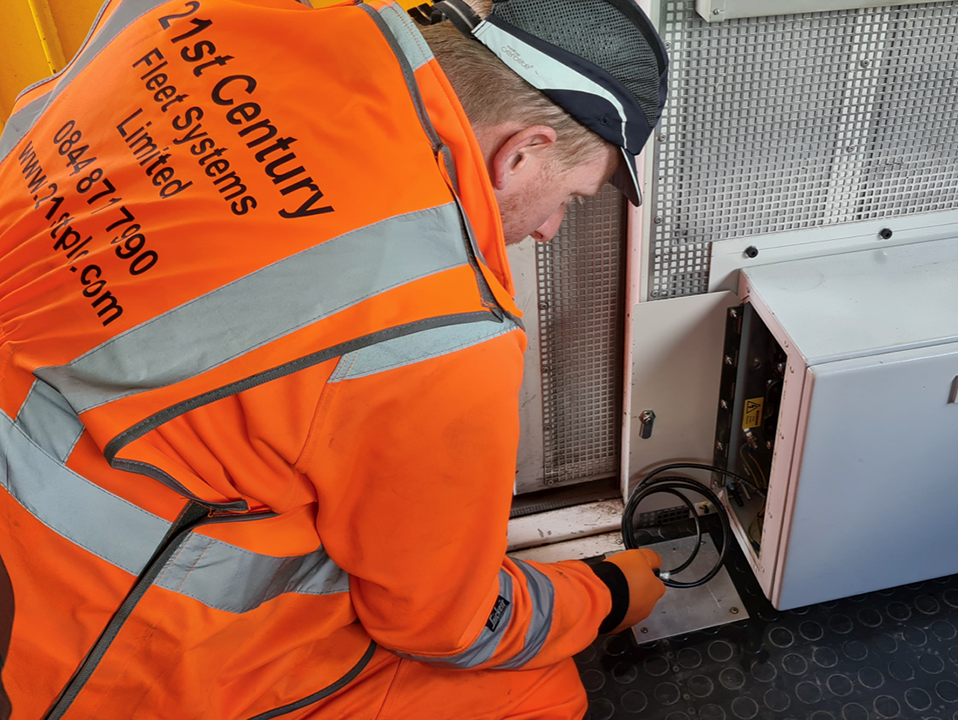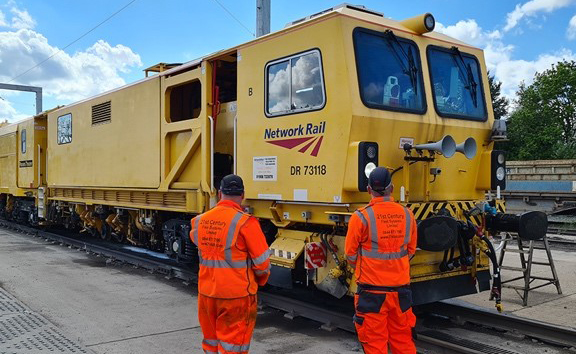Network Rail owns, operates, and develops Britain’s railway infrastructure that spans 20,000 miles of track, as well as 30,000 bridges, tunnels, and viaducts and thousands of signals, level crossings, and stations. One of the keys to its ability to run a safe, reliable, and efficient railway is a series of wireless, forward-facing and cabin-mounted cameras — mounted on hundreds of trains. The system is provisioned and maintained with Digi Remote Manager® and connected through one of Digi’s high-performance railway routers.
Innovation and Forward Thinking
“Journeo’s innovation and forward-thinking approach have brought the IoT to the railway network, and Digi’s expertise in IoT connectivity, particularly around transport solutions, positions them as the perfect technology partner,” commented Scott Brenton, IoT Technology Director at Solid State Supplies (as Solsta was known at the time). “The challenge was much more than just supplying connectivity hardware, and we knew that with Digi’s cloud-based knowledge and hardware solutions, we could help to design a scalable and manageable system which could harness the capabilities of the IoT.”


Creating a Visual Connection
Each day, Network Rail manages the infrastructure that carries people and cargo thousands of miles and keeps Britain’s trains on track and on time. For any transportation authority, one of the key challenges is ensuring safety while delivering high-quality service.
Network Rail has contracted with U.K.-based Journeo to provide the Journeo Portal, an end-to-end solution that delivers real-time information on vehicles, systems, and IoT sensors across the entire transit network. Integrated with the help of Solid State Supplies Ltd., a Digi IoT solutions partner, this powerful platform supports multiple needs of Network Rail and its Operating Companies. It helps to maintain safety, security, sustainability, accessibility, and efficiency, thereby creating better journeys for fleet operators and passengers.
The Journeo Portal tracks vehicles and assets, monitors for faults, manages occupancy, and quickly extracts data in the event of an incident. A map view provides access to live and historical location, ridership, CCTV, road/track conditions and other critical data. All that information is securely stored on the vehicle and in the cloud, and can be accessed for standard reporting or, should it be required, provided to third-party systems via the Journeo Portal API.
Digi Hardware and Software Keep it on Track
A foundation of Journeo Portal is a forward-facing closed-circuit television (FFCCTV) application that captures and stores a minimum of 14 days of footage of the traveling routes for more than 500 trains nationwide. That footage can also be requested on-demand or even viewed live. According to Geoff Pulford, technical manager of Journeo’s rail division, the system helps Network Rail and its customers keep a constant and steady eye on train operations.
“One of the primary purposes of our FFCTV installations is to improve our customers’ response to safety incidents,” he said. “Our video feed provides important information that speeds the resolution of these incidents so that trains can resume operations as soon as possible.”
To communicate reliably and quickly, the Journeo Portal leverages the Digi WR44 RR railway router, an all-in-one cellular solution with 3G/4G GPS designed for use on rail vehicles. Its rail industry ratings, versatility, security features and performance make it ideal for applications such as Positive Train Control (PTC), wayside device communications, and on-board passenger Internet access.
Digi WR44 RR provides a reliable primary high-speed cellular network connection or can act as a secure backup connection to the existing railroad network. It features a flexible communications design with 3G/4G multi-carrier cellular, plus an integrated Wi-Fi ac/b/g/n; a/n access point, serial and 4-port Ethernet switch. It also features full on-board train certifications, including AAR S-9401, EN50121-3-2 and EN50155. Communications interfaces include hardened connectors, including M12 for Ethernet and serial, as well as TNC connectors for antenna connections.
“Out of the box, the Digi Transportation router supports the standards we need to comply with — completely pre-certified,” Geoff Pulford said. “It’s also an extremely ruggedized device. It can withstand heat and vibration, shocks, and electromagnetic interference.”
Just as important, Geoff Pulford noted, is the software to manage the router network. Digi Remote Manager®, Digi’s cloud-based remote monitoring and management solution, simplifies setup, mass configuration, maintenance, and support for hundreds or even thousands of remote devices. “Digi DRM is a great platform to ensure our devices are updated and secure,” he said. “We use the API to interrogate devices, provision modems, send updates, and keep the devices firmware up to date wirelessly ensuring all security polices are up to date — across the complete portfolio of routers.”
Faster Responses and Resolutions
When accidents and incidents happen, the affected train stops all operations, and Network Rail’s investigative team and third-parties spring into action. “They can pinpoint the location — which wasn’t always easy in the past — and arrive faster,” Geoff Pulford explained.
“Then, they can review video footage and make a preliminary determination about any potential criminality, operator negligence, or other factor that requires further inquiry. With the Journeo Portal, customers like Network Rail can immediately see front-facing video of events and incidents — right from their offices or mobile devices. The result is that we can improve passenger safety, improve schedule performance, and resolve accident scenes faster.”
The Journeo Portal also provides video monitoring of passenger cabins to help respond to passengers’ service inquiries and validate operator performance. The solution offloads its data using Wi-Fi when it reaches access points in stations — eliminating the need to use cellular connections for routine data downloads.

